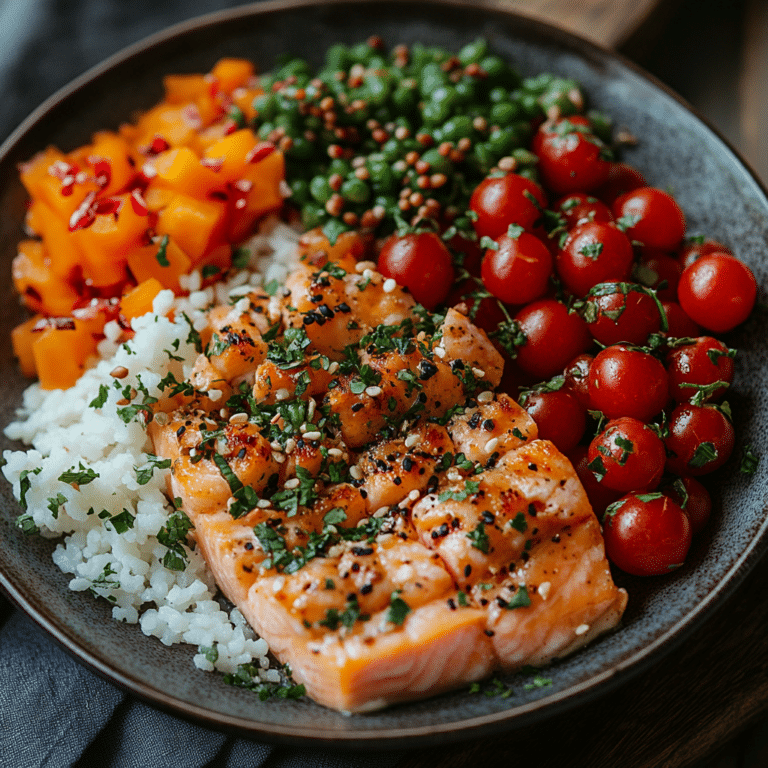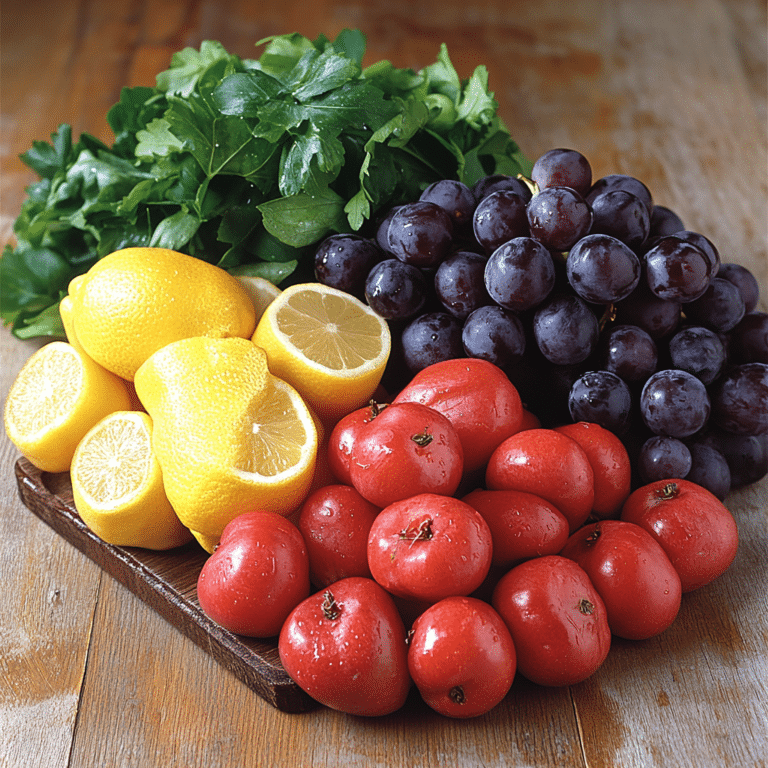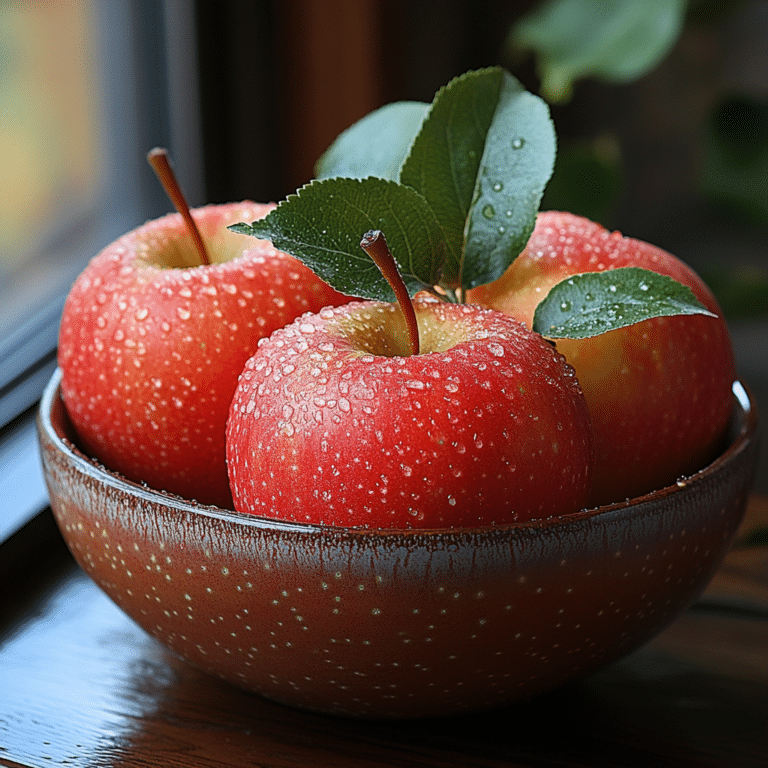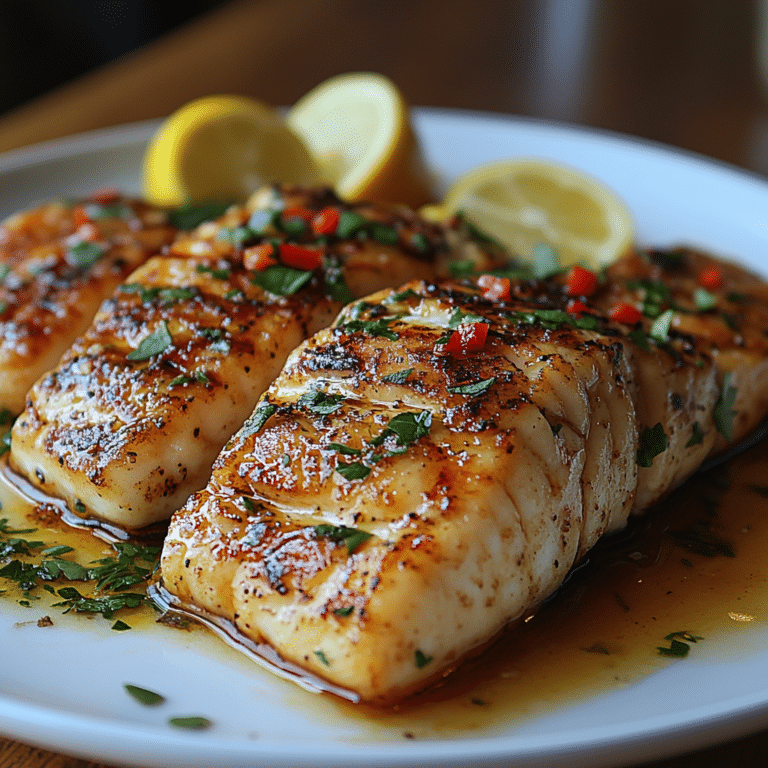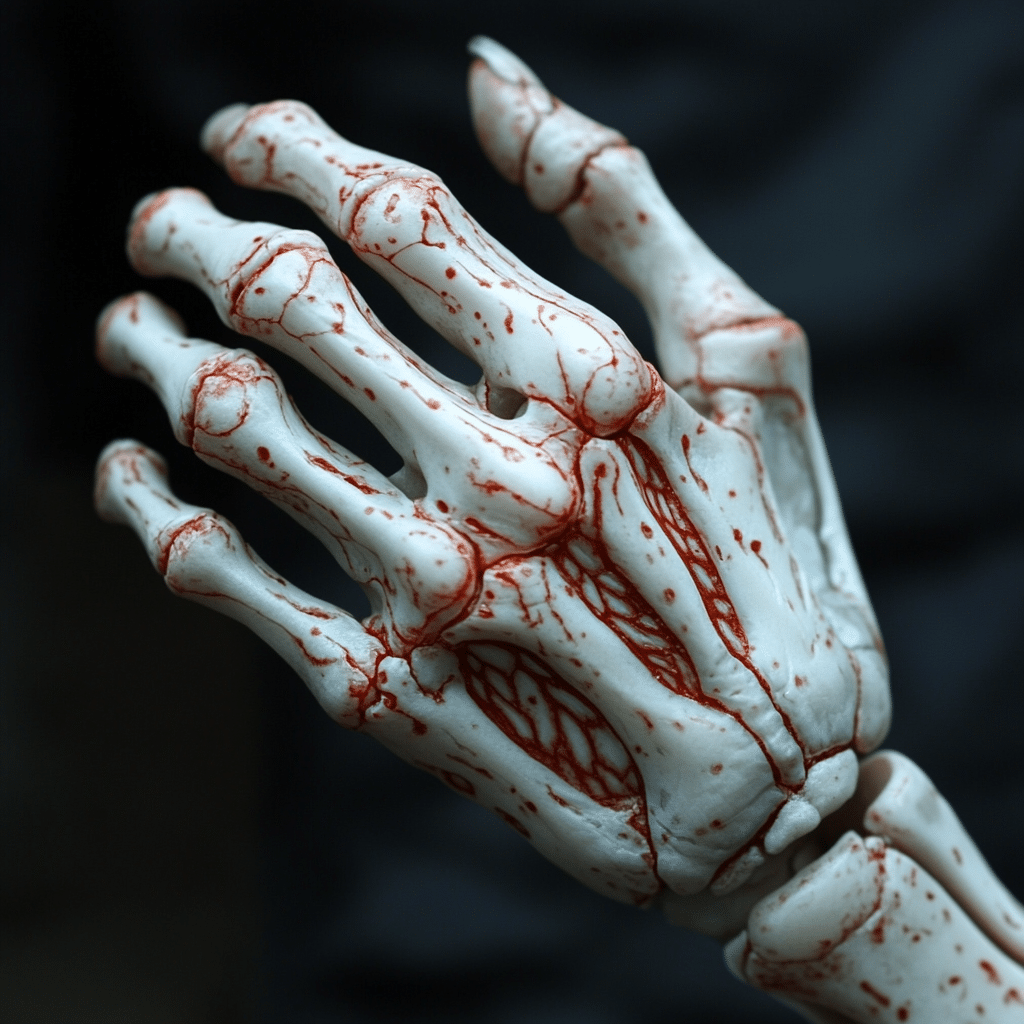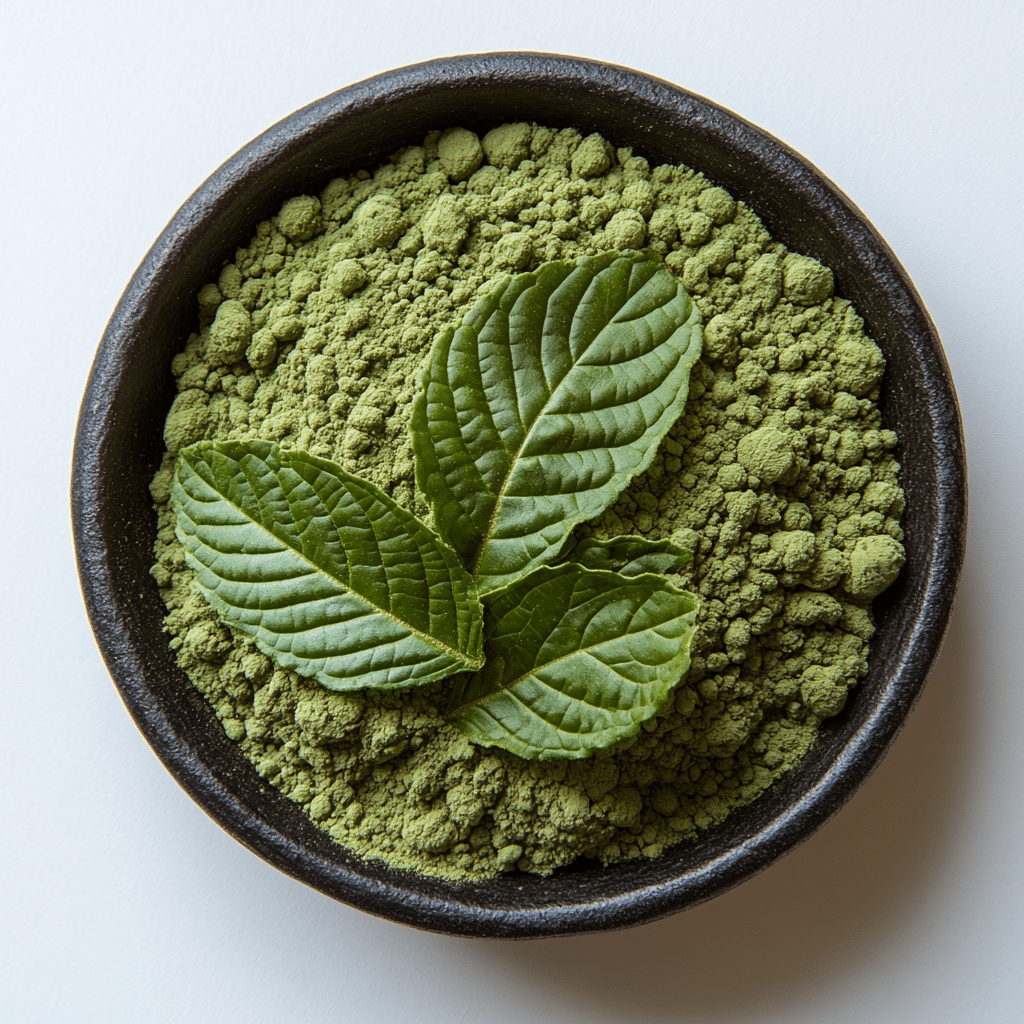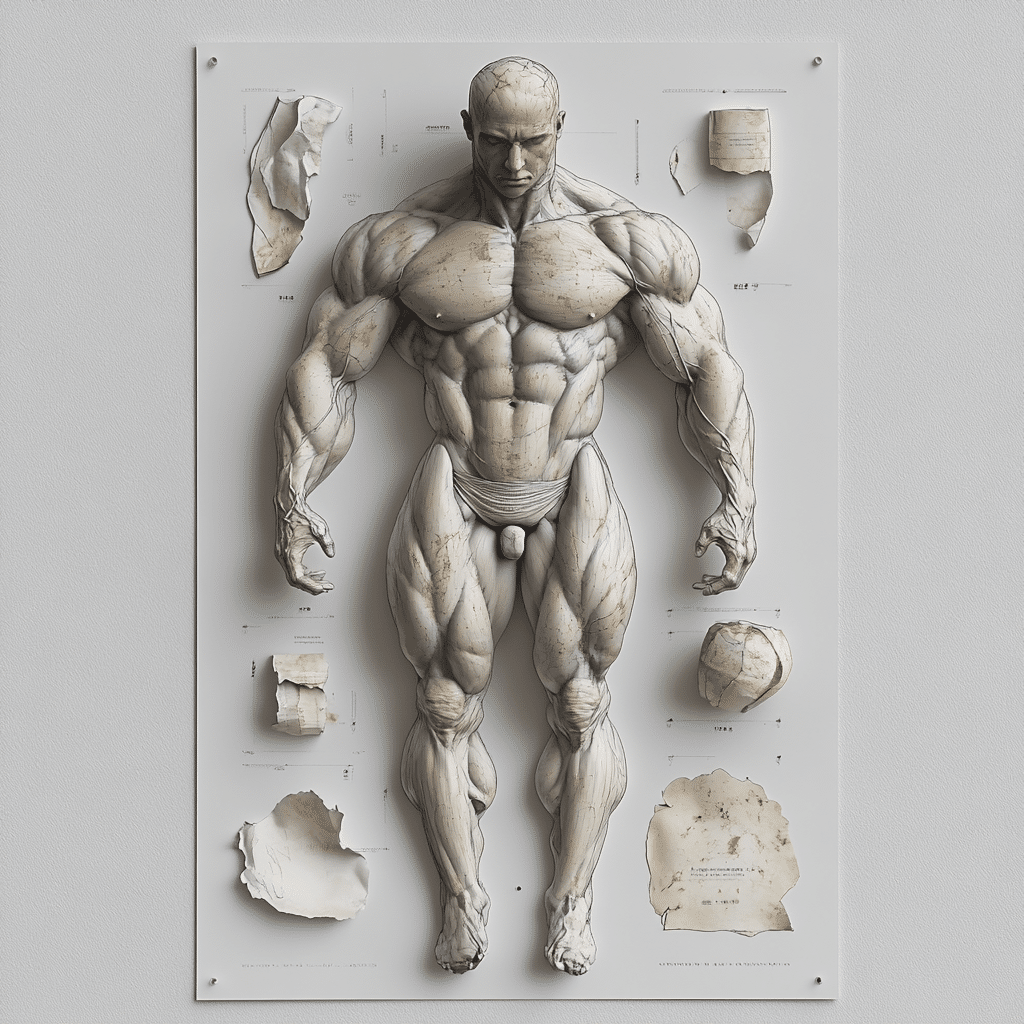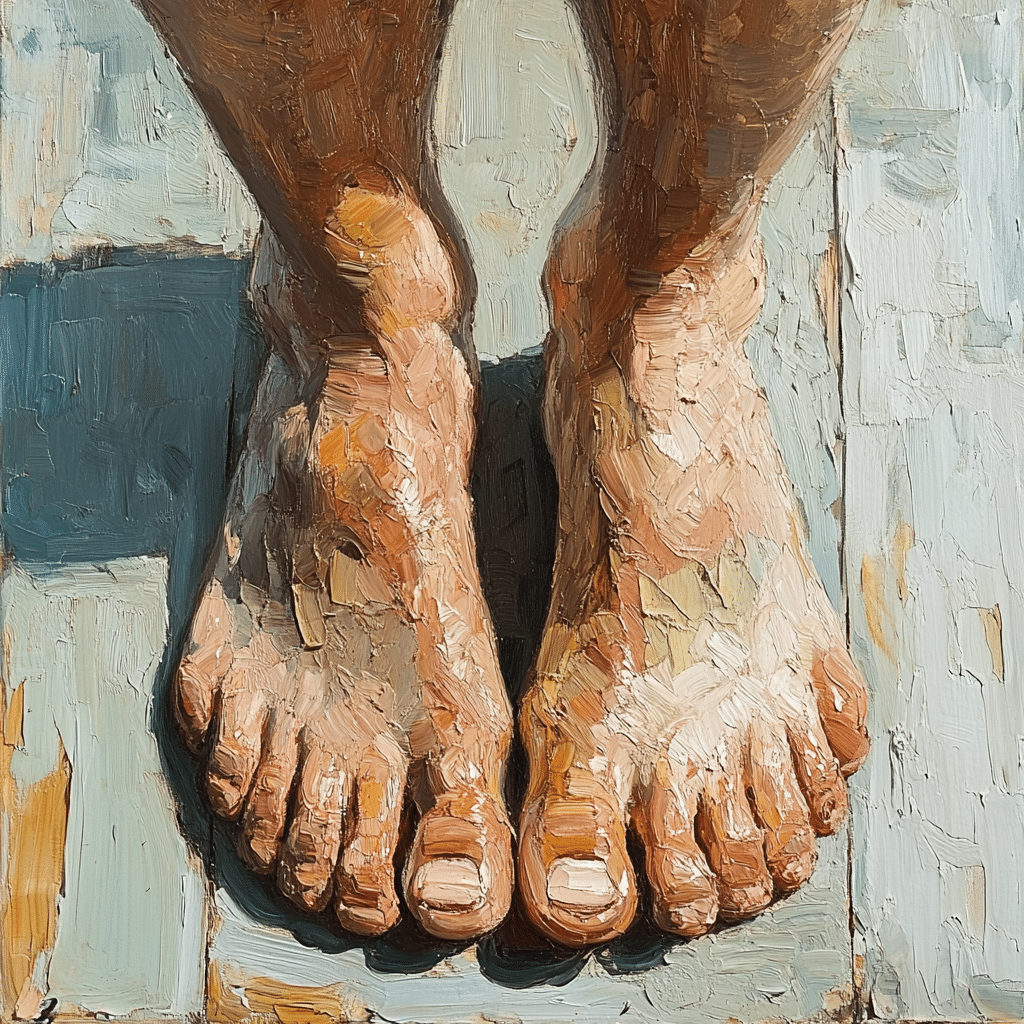When it comes to maximizing muscle growth and achieving those shredded six packs we all crave, understanding the role of the ulnar nerve in hand strength is a game-changer. The ulnar nerve’s influence on grip strength and precision is fundamental, not just for athletes but for anyone striving to master their physical potential. Let’s dive into the anatomy of this important nerve and explore how you can enhance your ulnar strength to boost your fitness game.
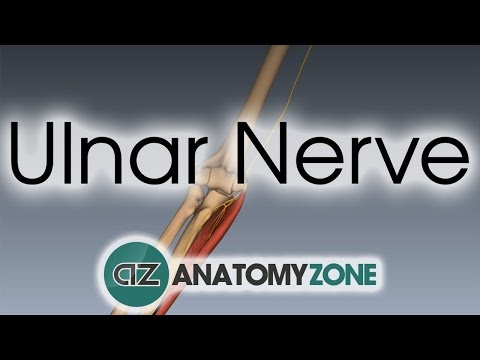
Understanding the Ulnar Nerve: Anatomy and Function
The ulnar nerve, one of the three major nerves in your arm, runs along the inner side of your elbow, extending all the way into your hand. It specifically innervates your fourth and fifth fingers. Understanding how this nerve works is essential, as it is crucial for the hand’s complex movements. From daily tasks like typing to more explosive actions in sports, the ulnar nerve is the unsung hero behind the scenes.
Check it out: the ulnar nerve connects with various muscles in your hand, contributing to the fine motor skills and gripping power necessary for tons of activities. Whether you’re lifting weights or simply opening a jar, a properly functioning ulnar nerve allows for smooth, controlled movements. If you’re serious about gaining tons of muscle and looking great, then paying attention to the health of your ulnar nerve is an absolute must.
Did you know? The ulnar nerve can be easily compressed, especially at the elbow where it travels through a narrow space. This can lead to issues like numbness, tingling, or even weakness in your hand. Ignoring these symptoms can sideline even the most dedicated athlete, so let’s not take it for granted. Making sure we have optimal ulnar function is not just smart—it’s vital if you want to lift big and live strong.

Top 7 Exercises to Enhance Ulnar Strength and Dexterity
Strengthening the connection between the ulnar nerve and your hand movements will have a direct impact on your grip strength and dexterity. You don’t have to be a pro athlete to benefit—these exercises can help anyone looking to optimize their training and recover from injuries. Here are seven killer exercises to include in your routine:
Grab some light dumbbells, like those from Bowflex or Tone Fitness. Perform wrist flexion with your palms facing up and wrist extension with palms down. This simple yet effective exercise will target your flexor and extensor muscles directly, giving your ulnar nerve the love it deserves.
Grab a few rubber bands from Alliance Rubber Company. Place them around your fingers and spread them apart against the resistance. This exercise focuses on the intrinsic muscles that control fine motor skills, enhancing your hand’s overall function.
Using hand grippers from brands like Captains of Crush can work wonders for your grip strength. These allow for progressive overload, essential for enhancing your ulnar strength as you push through different resistance levels.
Get some inflated balloons and practice pinching and releasing them. This exercise targets the thumb and little finger, promoting ulnar nerve strength through practical movement.
Move your fingers through various positions—straight, bent, and into a fist. These exercises promote mobility and reduce stiffness, especially beneficial if you’ve had an injury before.
Secure a resistance band around something stable. Hold the other end with your hand and perform wrist movements in an ulnar deviation motion to target the muscles around the ulnar nerve.
Activities like playing the piano or creating arts and crafts can also elevate your hand’s coordination. These repeated movements stimulate your nervous system and strengthen your ulnar influence effectively.
By incorporating these exercises into your fitness routine, you can enhance your hand’s strength and dexterity, all while setting yourself up for better performance in every aspect of your training.
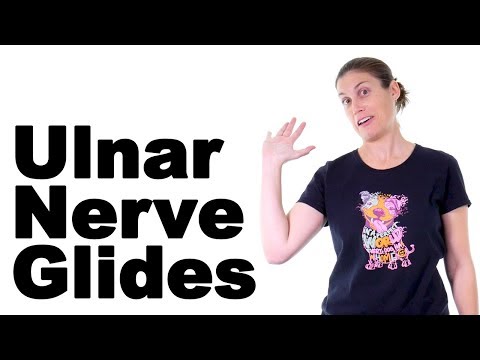
The Role of the Ulnar Nerve in Sports Performance
In the world of sports, the ulnar nerve isn’t just another nerve—it’s a key player. Think about athletes who rely heavily on grip and wrist flexibility, like tennis stars or weightlifters. For example, in tennis, a solid grip translates into powerful swings. Just look at Rafael Nadal; his grip strength, aided by a well-functioning ulnar nerve, allows him precision and control that leaves opponents in the dust.
When it comes to weightlifting, look no further than athletes like Mattie Rogers, who highlight the importance of grip strength across various lifts. Whether it’s a clean or a snatch, each movement demands fine-tuned ulnar function. If those muscles aren’t firing properly, you’re risking not just performance but safety too.
Understanding how the ulnar nerve contributes to athletic performance explains why so many trainers emphasize its importance. In sports where the grip and control are paramount, your ulnar health can truly make or break your game. So don’t just wish for greater strength—work for it by addressing your ulnar nerve’s health.
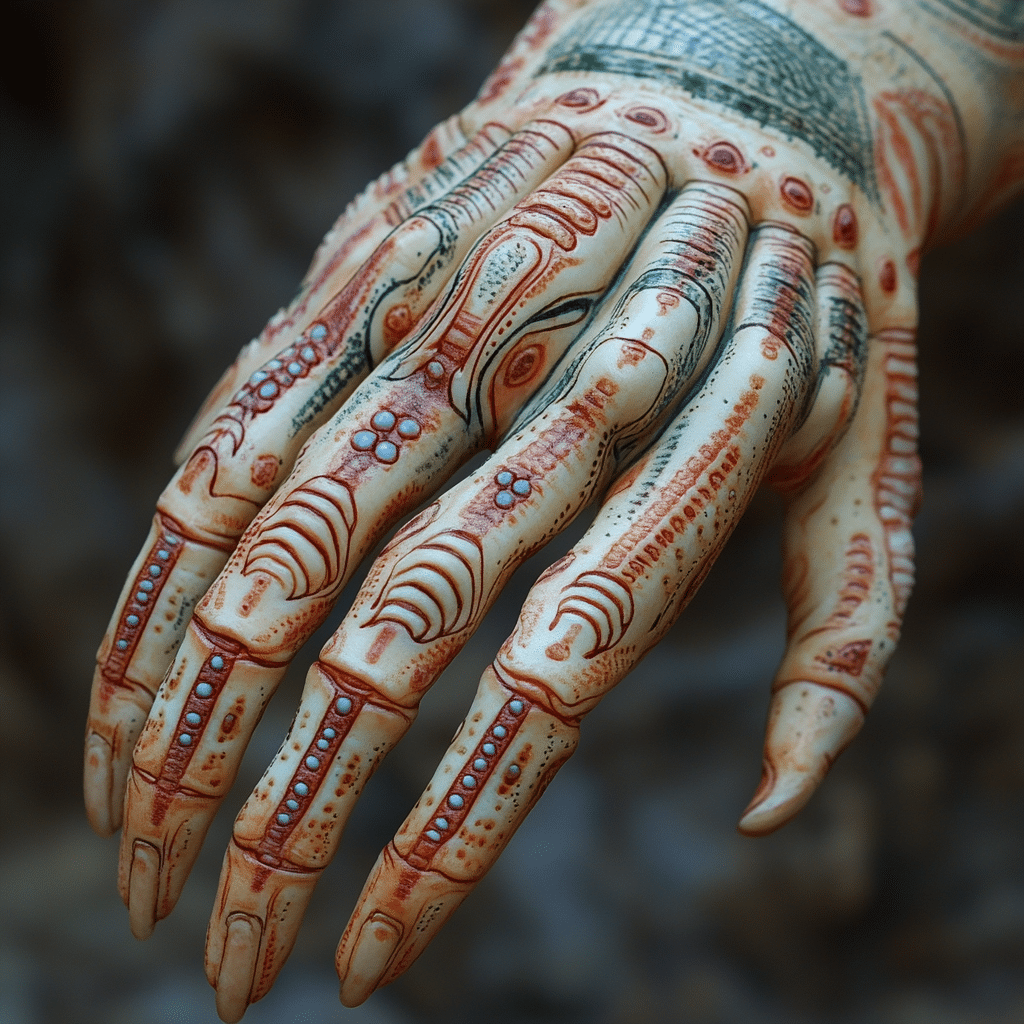
Emerging Research: Ulnar Nerve and Neurological Disorders
Recent studies have shed light on surprising links between ulnar nerve function and several neurological disorders. For instance, individuals with multiple sclerosis often face challenges with ulnar nerve dysfunction, leading to compromised hand strength and movement. These findings establish a critical relationship between ulnar nerve health and overall neurological function, reminding us all of the importance of strong arm muscles for proper nerve function.
Moreover, emerging therapies involving electrical stimulation of the ulnar nerve show potential for boosting muscle recruitment and coordination. Imagine utilizing advanced techniques to enhance your workouts and overall hand performance. These methods might just be the breakthrough needed for people experiencing hand motor deficits.
By prioritizing ulnar nerve health, we’re not just talking about improving athletic performance; we’re also cultivating overall well-being. By drilling down on these connections, we stand to gain monumental insights into something as simple as gripping a barbell.
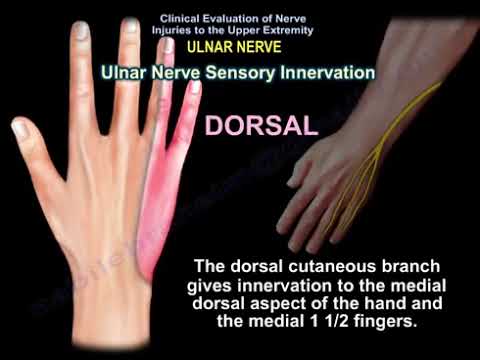
Practical Applications: Ergonomics and Daily Activities
Let’s keep it real: we live in a world filled with repetitive motions. From typing on our computers to painting masterpieces, many activities strain the same muscles. Ergonomics is your best friend in keeping ulnar function at its peak. By understanding how your body interacts with everyday activities, you can prevent unnecessary strain that may compromise your performance.
Consider integrating height-adjustable desks and ergonomic keyboards into your workspace. These setups keep your wrists aligned properly, reducing potential compression on the ulnar nerve. Sometimes, making small adjustments in your workspace can lead to enormous strides in comfort and function.
Don’t forget to take frequent breaks, too! Changing tasks during your workday prevents overuse injuries and maintains your ulnar health. Your body needs rest just as much as it needs to work hard in the gym—don’t underestimate the importance of balance!
Innovating for Ulnar Health: The Future of Hand Function
The deeper we dive into the ulnar nerve’s crucial role in hand function, the clearer it becomes: this is a vital area for healthcare and fitness. The future is bright, with new customized therapy protocols and ergonomic solutions on the horizon, all geared towards enhancing ulnar performance.
With a proactive approach that fuses strength training, ergonomic smart practices, and protective measures, we can protect and enhance the function of the ulnar nerve across a lifetime of activities. It’s about forging a strong connection to your health and performance.
By making constructive choices today, you harness the power of the ulnar nerve for a more robust lifestyle. Whether you’re lifting weights, typing, or even just enjoying time with loved ones, understanding and maximizing this connection will transform your fitness journey. The path to achieving grips that are not just firm—but unyielding—starts with you!
So get out there, focus on those ulnar-enhancing exercises, and embark on a journey toward sensational strength and stunning fitness results. You’ve got this!
The Ulnar Connection to Hand Movement and Strength
Fun Facts About the Ulnar Nerve
Did you know that the ulnar nerve is often called the “funny bone”? This is due to the tingly sensation you feel when you bump your elbow, pinching this nerve. The ulnar nerve controls the muscles in your forearm and hand, specifically those responsible for grasp and fine movements. Intriguingly, just like the fluctuating Sofr rates today, the function of the ulnar nerve can change based on your activities, health, and even stress levels.
But that’s not all! The ulnar nerve plays a vital role in everyday movements, which we often take for granted. It’s like the staple ingredient in a recipe – without it, you might struggle with tasks like typing or holding a coffee cup. Funny enough, much like how potassium Foods support muscle function and can boost your energy levels, the proper functioning of the ulnar nerve can enhance your dexterity and overall hand strength.
Ulnar’s Role in Everyday Life
Here’s a fascinating tidbit: the ulnar nerve also influences the art of gripping. Think about it; when you’re holding an umbrella in a sudden shower or wrestling with a tightly sealed jar, your ulnar nerve is working hard behind the scenes. Moreover, certain foods can promote nerve health, just as Berro (watercress) is known for its nutritional boost. Incorporating nerve-friendly foods into your diet can make a significant difference in how adeptly your hands function.
Now, let’s pivot to an interesting personality—did you know Indrani Mukerjea, the acclaimed figure in media, faced challenges that tested her resilience? Just like her, many people realize the necessity of maintaining hand strength and coordination in their careers. With the ulnar nerve at work, your ability to perform significant tasks can remain steadfast, keeping you agile whether you’re using tools or expressing creativity.
The Ulnar in Action
When discussing the importance of the ulnar nerve, it’s essential to consider how it aids in grip strength—crucial for athletes, artists, and even everyday folk. Much like how William H. Macy captures intricate emotions in his performances, the ulnar nerve conveys the fine details of movement. Without it, using lower weights might feel like trying to slice bread with a brick!
It’s also fascinating to think about the dietary connections here. Embracing a wellness mindset can lead to a better understanding of how our bodies function. For those pursuing comprehensive diets, exploring options like the Gaps diet may also support neurological health, including nerve functions such as the ulnar nerve. Just imagine flipping through your baby book and snapping those sweet baby pictures without any resistance in hand movements—now that’s an image worth preserving!
And as you wrap your mind around the importance of the ulnar nerve, don’t forget the simple yet effective practice of hand hygiene. A good rinse with warm water and soap keeps germs at bay, ensuring that your hands stay healthy and ready for action. The ulnar nerve’s efficiency depends on your overall health, so keep it strong through mindful practices and nutrition. Just like navigating through Narita Airport, staying informed and careful leads to smoother journeys in life!


